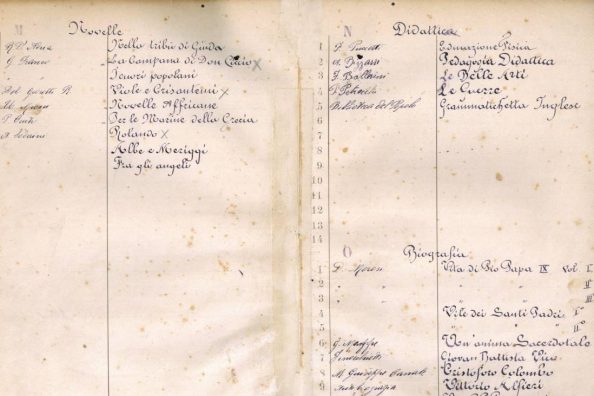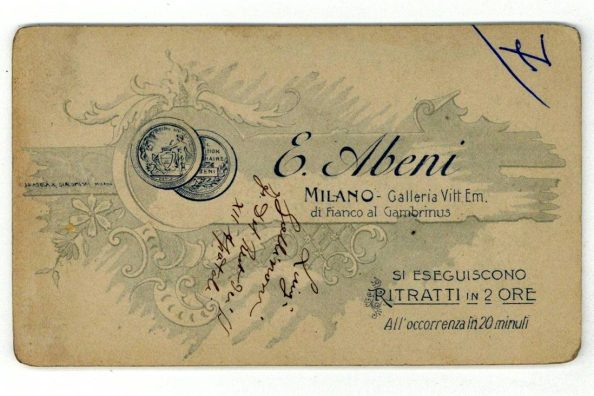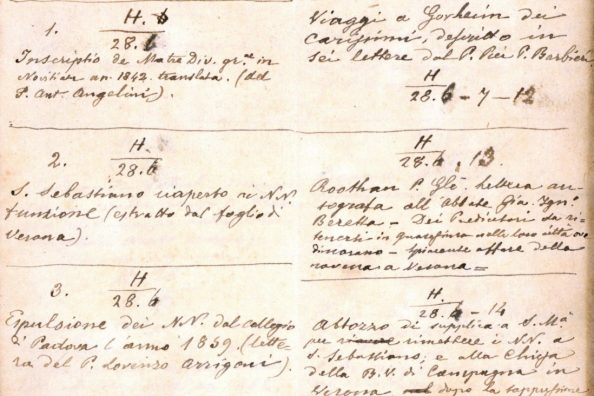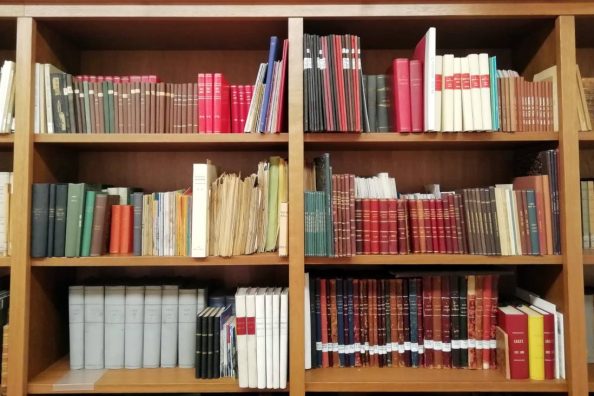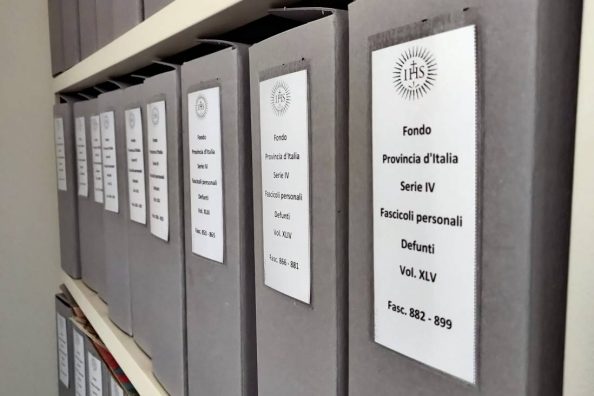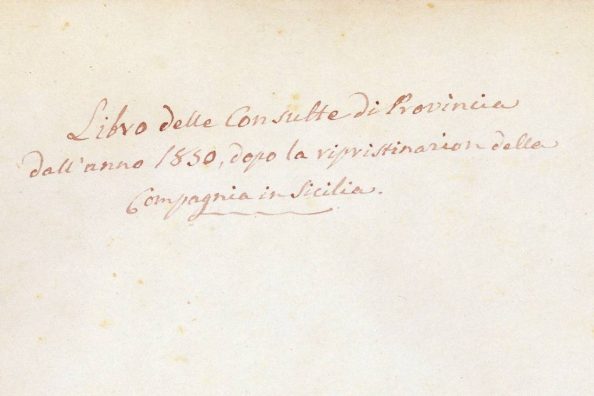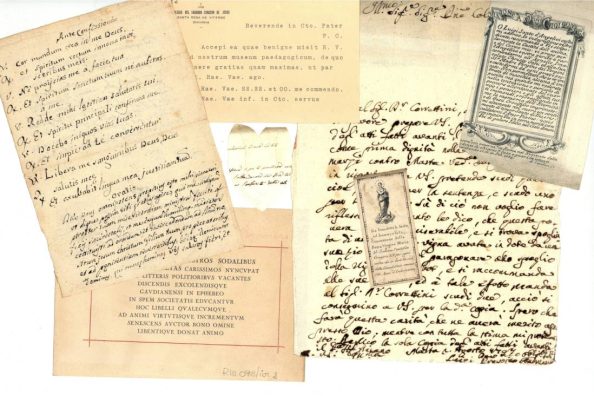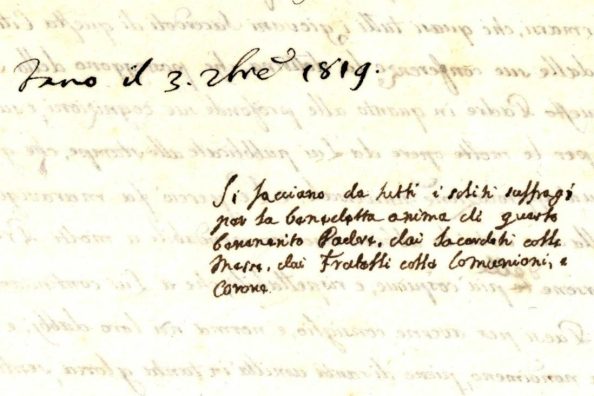The unusable key

In the collective imagination, the historical archives preserve only paper material, mainly attributable to letters, registers, documents; however, each historical archive keeps, inevitably, even objects, relics, artifacts that had belonged to the subject producing the documents, whether he was a person, a family or an entity.
Our historical archive is no exception, in fact there are some interesting objects. Among them a bunch of heavy keys, in the picture, but… they don’t open any more doors.
Those keys in fact allowed access, from the main door, from the iron gate and a further entrance, to the historic villa Montalto-Peretti, – surrounded by a large park that reached the hills Viminale, Quirinale and Equilino while the building was located at the current bus terminal and the widening in front of the Termini-Station, built by order of Sixtus V in the sixteenth century and passed, over the centuries, to the Massimo family. It was the first seat of the Massimiliano Massimo Institute: it was inaugurated in 1879 by the Jesuit who gave his name to the school, a member of the noble Roman family. In 1883 for the needs dictated by the town plan, the fate of the historic villa was marked, it would be demolished.
A second building was therefore built in the garden behind the villa, which became the second seat of the institute, until 1960, when the school was transferred to the present one, at EUR.
When in 1887 the ancient Villa was demolished, for the expansion of the area in front of the Termini station, the heavy keys were kept in the historical archive of Massimo.
Today they are located in the fund “Istituto Massimo” in our historical archive, historical witnesses of a building no longer existing; deprived of their original function – the opening of a physical door – have been invested with the important task of opening and opening the door of knowledge and memory.
Maria Macchi

